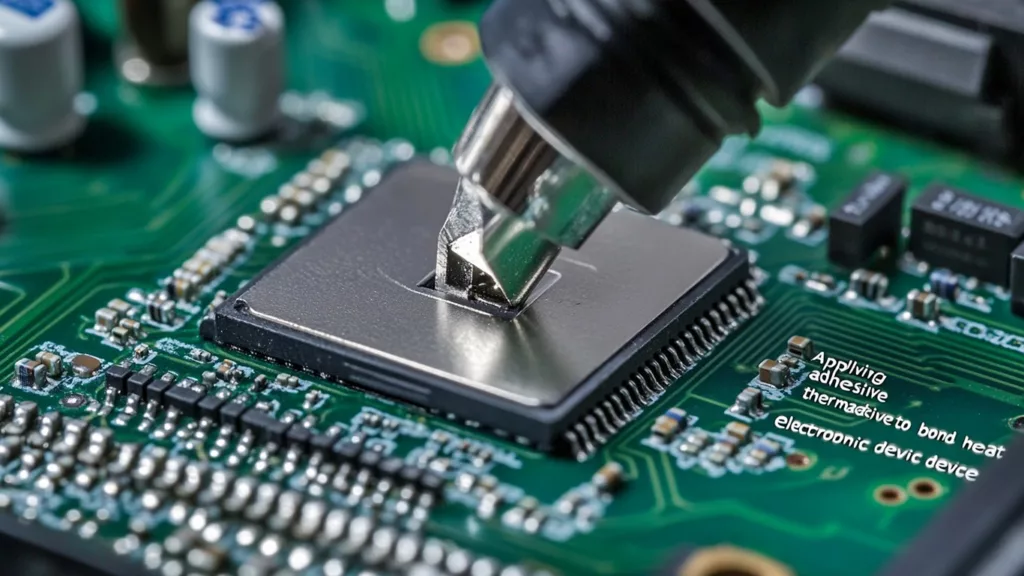Epoxy resins are used in many ways because they bond, seal, and coat well. However, to achieve optimal results and ensure safety during their use, certain factors should be considered. In this article, we will explore what industrial epoxy resins need attention to when in use based on the commercial search intent.
1. Safety Precautions
Safety should always be a top priority when working with industrial epoxy resins. Here are some key safety precautions to consider:
Personal Protective Equipment (PPE)
To protect yourself, wear gloves, safety glasses, and protective clothing. They’ll keep you safe from the resin and any spills.
Ventilation
Ensure good ventilation in the work area to minimize exposure to fumes generated during resin mixing and curing. This is especially important for enclosed spaces or poorly ventilated areas.
Read Safety Data Sheets (SDS)
Familiarize yourself with the SDS provided by the epoxy resin manufacturer. The SDS contains crucial information regarding safety hazards, handling procedures, and emergency measures.
2. Proper Mixing and Handling
To get good results with epoxy resins, you need to mix and handle them correctly. Consider the following:
Follow Manufacturer's Instructions
Read and follow the instructions from the manufacturer. They include mixing ratios, recommended temperatures, and curing times. Deviating from these guidelines can impact the resin’s performance.
Use Clean Tools
Ensure that all mixing tools, containers, and surfaces are clean and free from contaminants before using epoxy resins. Contaminants can affect the resin’s curing process and bonding strength.
Mix Thoroughly
Take the time to mix the epoxy resin components thoroughly, ensuring a homogeneous blend. Incomplete mixing may result in uneven curing, weak bond strength, or reduced performance.
3. Proper Application Techniques
Applying epoxy resins correctly is crucial for achieving desired results. Consider the following:
Surface Preparation
Properly prepare the surfaces to be bonded, sealed, or coated by cleaning, removing any dirt, grease, or loose particles. This ensures better adhesion and long-term performance.
Application Temperature
Pay attention to the recommended application temperature range specified by the manufacturer. Extreme temperatures can affect the resin’s viscosity, curing time, and bonding properties.
Avoid Air Entrapment
When applying epoxy resins, take precautions to minimize air entrapment. Trapped air bubbles can weaken the bond or result in an uneven surface finish. Use techniques such as vacuum degassing or roller tools to remove air bubbles from the resin.
4. Curing and Post-Curing Considerations
The curing process and post-curing steps are essential for achieving optimal performance. Consider the following:
Curing Time
Be aware of the recommended curing time specified by the manufacturer. Avoid premature handling or subjecting the resin to stress before it has fully cured.
Curing Conditions
Make sure to follow the manufacturer’s instructions for temperature and humidity when curing. Deviations from the recommended conditions can impact the resin’s final properties.
Post-Curing
To improve the strength, resistance, and durability of certain epoxy resins, they can be post-cured. This can involve heat treatment or exposure to UV light. Consult the manufacturer’s recommendations regarding post-curing, if applicable.
Using industrial epoxy resins properly and safely ensures exceptional performance and application. To ensure effective and long-lasting epoxy resin applications, follow safety precautions. Properly mix and handle the resin, apply it correctly, and consider curing and post-curing. To use industrial epoxy resins , follow the instructions from the manufacturer. If you need assistance, ask trusted industrial epoxy resins suppliers like ZDSpoxy.












